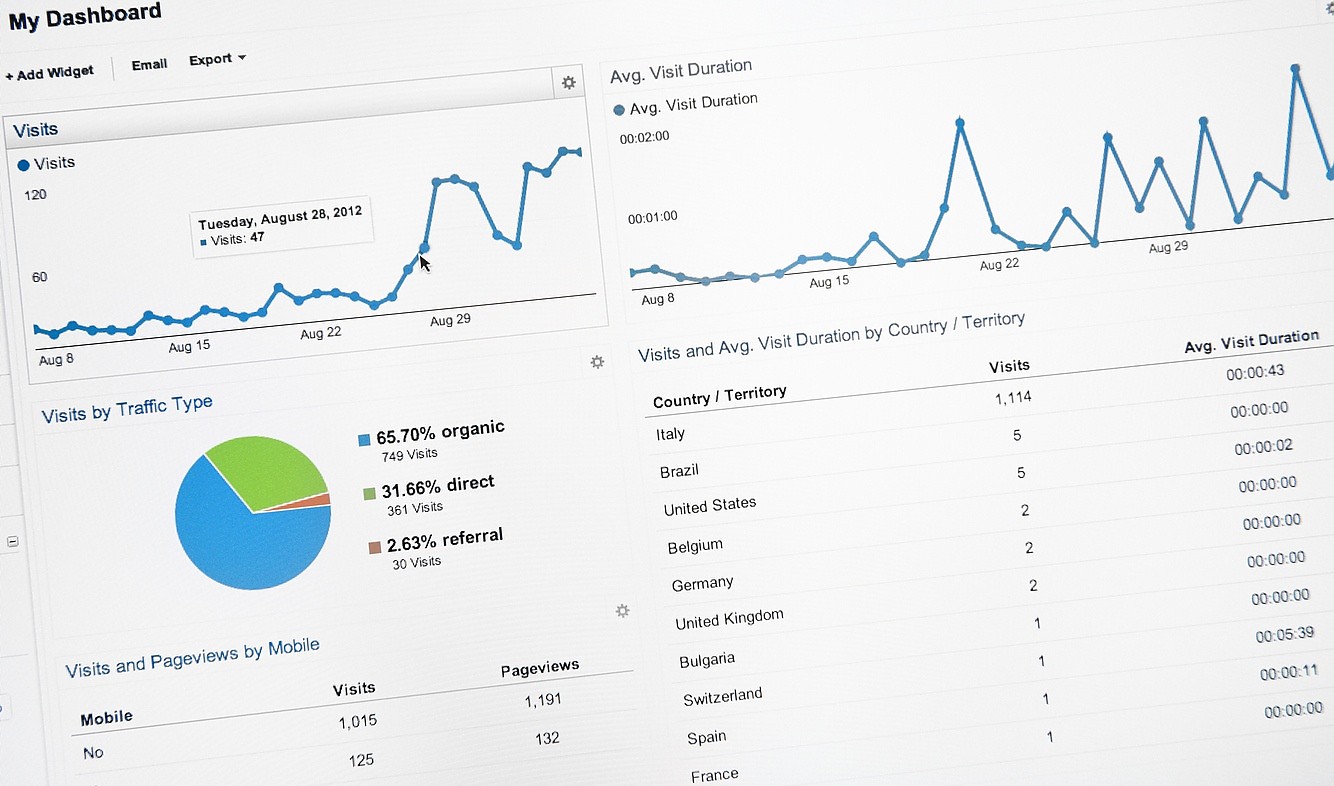First of all, it is essential to define the goals of your online presence, your website, online store and social networks, for your business.
Being able to answer questions such as: What kind of visitors do you want to attract to your site? how do you want users to find your site? what information is mandatory that visitor don´t miss when visiting? how would you like to convert your visitors? ... is essential to develop the digital communication strategy and then measure the effectiveness of the options chosen along the way.
This path has to start with the definition of your target, of personas, that define the tipical customer and what behavior, on the one hand, supposes that this will have in the navigation on the site and on the other, that you want the visitor to have in it.
What you want with an online presence well articulated with the global strategy of the company, is to generate business and allow the growth of your company, directly or indirectly.
Google Analytics is a very strong statistical analysis platform. It allows you to check on your website atraction, evolution, tracking it´s engagement with social networks, email marketing platforms ... a powerful world that you must use to analyze and evolve. In summary, in Google Analytics you can analyze statistics organized in the following categories:
- Real Time: what is happening at that moment, on your website? how many people are online? on which platforms?
This type of analysis is intended for sites with higher traffic, paid campaigns active on google, or on a particular day that there is a campaign or ad massively disseminated, which intends to follow “live”.
- Audience: how many visits did the site have in a given period? where are these visitors geographically? how long do they stay? do they visit several pages? who drops in via mobile?
It is the first tab of google analytics to analyze, to have a global view of the general statistics to the site, which help us to understand the good functioning of the site and the success of the "entries".
- Acquisition: how do people get to your website? where does your site's main traffic come from? from a post on Facebook or Linkedin? how many enter the site through organic research? How many visitors come to your site because they find a link by reference on another site?
It helps a lot to understand the relationship between multiple digital channels and the importance of crossing them.
- Behavior: once a visitor finds your site, what does he do next? which pages are most visited? in which countries? what are the main entrance poins of your site and where do people leave? what events or buttons are most clicked (phone, contact form, specific download)?
This information is very important to understand if the message you are trying to convey is clear, which pages visitors visit most and that is why you should bet on it in terms of relevant content and, if you are managing to direct visitors to the desired actions .
The key to be able to understand numbers is, above all, knowing what you want to analyze. And that is clear when you have a digital strategy consistent with your business, allowing you to assess whether your goal is being achieved.
Knowing the impact that your site is having on your visitors is what enables you to rethink, change and improve the positioning at every moment ... your visitors are dynamic, their behavior changes and your site must “have life” and be dynamic to serve them better!
Analyze is the keyword. This process is an infinite cycle that guarantees the success of your company's online presence and, therefore, the key to the success of your business growth.
